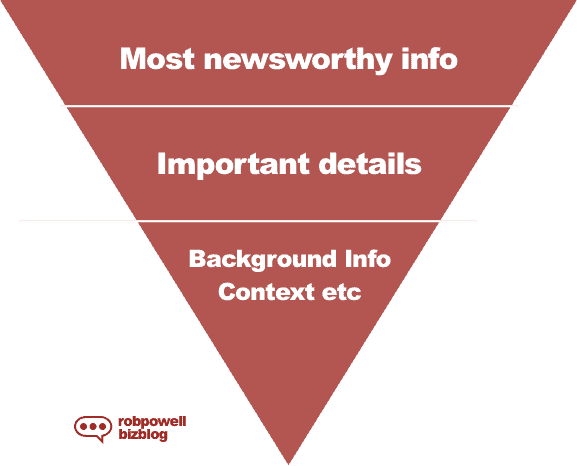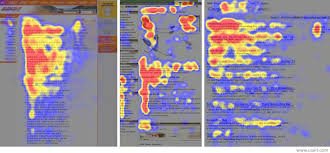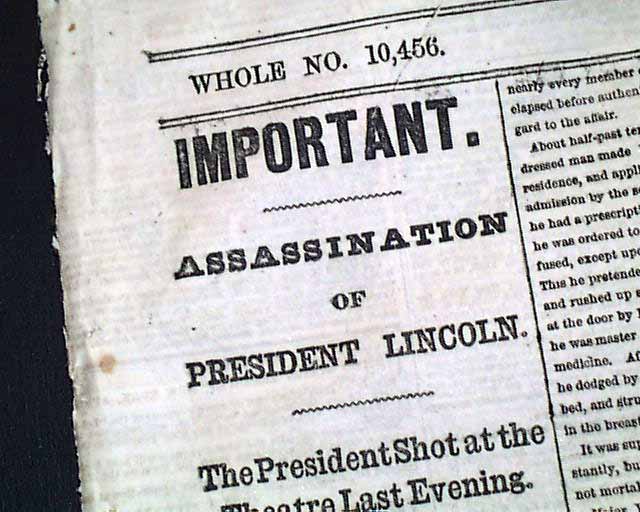Inverted Pyramid Writing for the web is based on a writing style developed by journalists over a century ago to grab the reader’s attention right from the start.
In the digital era, it’s still one of the most effective ways of keeping readers engaged with your content.
What is Inverted Pyramid Writing for the Web?
Inverted Pyramid Writing for the Web is a writing style where you put the most important information at the beginning.
It differs from academic writing, where the main points or conclusions are presented at the end.
In a nutshell, Inverted Pyramid Writing for the Web uses a structure where the big ideas come first and the details come later.
The Inverted Pyramid style was developed by journalists to deal with a problem faced by newspapers – their readers have a very low ‘committal rate’.
When you read a novel you know that it’s going to take a certain number of chapters for the writer to set up the plot and get you hooked.
But in journalism, readers don’t have that level of commitment. They need to see what’s in it for them much quicker – usually in the first paragraph.
It’s called an Inverted Pyramid because it reverses the usual structure of a piece of writing. Whether it’s a novel or an academic article, the writer usually builds up to the conclusion.
But with Inverted Pyramid Writing for the Web it’s the other way around. The conclusion comes first. The details come later.

Origins of Inverted Pyramid Writing
Print journalists invented Inverted Pyramid Writing about 100 years ago.
Some people believe that Inverted Pyramid Writing resulted from the invention of the telegraph.
Telegrams cost money and so journalists had to condense their material to save on costs. Also, the transmission could be cut at any moment, so journalists put their main points at the beginning.
Editors love Inverted Pyramid Writing because if a piece is too long they can cut from the bottom and the reader will still have the main points of the article.
But the main reason journalists use Inverted Pyramid Writing is because they face the same problem that bloggers face: if you don’t grab the reader’s attention in the opening paragraph, you’ve lost them forever.
The 7 Benefits of Inverted Pyramid Writing for the Web
The benefits of Inverted Pyramid Writing for the Web all come down to SEO.
By making it easier for your reader to digest your content you improve reader engagement, and that increases time on page. More time on page = better SEO.
Here in a nutshell are the seven benefits of Inverted Pyramid Writing.
#1. Capture your reader’s attention
When you start your article with the big ideas in the first paragraph or the even the first sentence, you’re answering the questions in every reader’s mind:
- What’s in it for me?
- What will I get out of this?
If your reader found your article in Google, they must have typed in a search query.
So they’re looking at the first paragraph to see if it answers their question.
When you put the most important information first, your reader can quickly see that this content matches the query they typed into the search engine.
#2. Increase keyword prominence
Keyword prominence is a measure of how prominent your keywords are within the key elements of a blog post:
- title tags
- heading tags
- body text
- meta description.
One of the factors within keyword prominence is the distance from the start of your first sentence to the first mention of your keyword or keywords.
Using Inverted Pyramid Writing for the Web you frontload your article with the main points.
That means you’re almost certainly going to be placing your keywords in the first paragraph.
And that’s great for SEO – Google will love you for that.
So Inverted Pyramid Writing increases your keyword prominence.
#3. Decrease interaction cost
‘Interaction cost’ is the amount of effort it takes for your reader to engage with your content.
The interaction cost of a novel is high – you normally have to read at least three chapters before there’s any payoff. But people reading novels expect that.
Also, their commitment level is high because they invested money in the purchase of the novel.
But your blog post is a different kettle of fish:
- your reader wants to see a payoff almost immediately
- readers of blog posts have almost no commitment – they didn’t pay for the content and another free blog post is just one or two clicks away.
So if you if you can reduce your reader’s interaction cost you’ll increase reader engagement.
#4. Improve reader comprehension
Anything that makes it easier for your reader to understand what your content is about is going to give you an advantage. And that’s exactly what Inverted Pyramid Writing for the Web does.
By setting out the main points of the article right at the beginning, the reader can instantly understand what your article is about.
#5. Help readers who skim
Study after study has shown that most of us don’t read on the web. We skim, looking for keywords and phrases that tell us: “this is what I was looking for”.
Inverted Pyramid Writing for the Web helps people who skim because it front loads information:
- the first paragraph contains the key points of the article
- the first paragraph of each section contains the main points
- the first sentence in each paragraph contains the key point for the paragraph
#6. Encourage scrolling
By presenting the key points first and the details later, you draw the reader in.
If the main topic interests them, they’ll keep scrolling down the page to find out more.
#7. Deal with the ‘F’ pattern
Eye-tracking research has shown time and again that online readers don’t read from left to right and then down.
So-called ‘heat maps’ show that readers’ eyes usually move in an ‘F’ pattern, as shown below:

Inverted Pyramid Writing for the Web takes full advantage of the ‘F’ pattern.
By front loading your key points at the beginning of the article, at the beginning of each paragraph and at the beginning of each sentence, you’re placing your most important information right where it will be seen!
Examples of Inverted Pyramid Writing
One of the most famous examples of pyramid writing is this 1865 New York Times report on the assassination of President Abraham Lincoln:

The graphic below shows how the important information is presented first:

You can find other examples of inverted pyramid writing on the front page of virtually any national newspaper.
Here’s the Washington Post’s report on the conviction of Oscar Pistorius for manslaughter (later changed to murder):

By contrast, magazine articles often start with a detail and build towards the main points, because they know their readers are not in a hurry.
How to Use Inverted Pyramid Writing
Using Inverted Pyramid Writing may not come naturally to you because its not the writing style we were taught in high school.
In a school essay you introduce the topic and then you slowly build to a conclusion.
But Inverted Pyramid Writing is the reverse.
Start off by writing a short paragraph that summarises the main points of your article or blog post.
Then, in the paragraphs below, provide the details or research that support the main points.
The paragraphs should follow the same format as the article itself: put he main points in the first sentence and use the remaining sentences to build on that main point.
Just as you font loaded the article with your main point, you should front-load each paragraph with the main point for that paragraph. And remember: you should be making just one point in each paragraph.
In Inverted Pyramid Writing you should ideally font load all these structural elements with your main point or points:
- The Article heading
- The body of the article
- The headings
- The sections
- The sub-sections
- The paragraphs
When To Use Inverted Pyramid Writing
Not everyone agrees that Inverted Pyramid Writing is the best format for writing on the web.
In an article titled ‘Why the Inverted Pyramid Doesn’t Work for Business Blogs’ Ginny Mineo argues that the Inverted Pyramid is not well suited to online business articles.
Ginny points out, and I agree with this, that one of the most effective writing strategies for blog posts and articles is to use a hook in the first paragraph.
In this technique, instead of giving away the whole story in the first paragraph you arouse the reader’s curiosity. The reader wants to know what comes next, so they keep reading.
There are lots of different formats for writing online articles. Here are five very effective post types that I use on my blog:
- List post or listicle
- Roundup post
- How-to post
- Ultimate guide post
- Experts to follow post
Note that none of them have much in common with Inverted Pyramid Writing.
So the Inverted Pyramid may not be the right approach for you.
Conclusion
Inverted Pyramid Writing for the Web gives the reader the main points in the first paragraph.
It’s well suited to the Internet, where attention spans are short and readers want to know immediately what the article is about.
To use Inverted Pyramid Writing for the Web you should front load your main points in the first:
- paragraph of the article
- paragraph of each section
- sentence of each paragraph
This writing technique makes it easy for readers to scan your content and see at a glance if it’s what they’re looking for.
More Articles About Writing
- Best Blog Post Format – 19 Tips for Formatting Online Content
- How To Structure a Blog Post – 13 Elements You Need
- How to Write Your First Blog Post – 17 Tips For Best Results
- How To Write Blog Posts: 10 Best Tips For Ranking on Google
- 21 Great Ideas For Your Next Blog Post
- How To Write Powerful Titles For Your Blog Posts – The Complete Guide
- How To Write a Blog Intro (The 4-Step Formula That Pulls Readers In)
- Catchy Titles for Articles – 21 Formulas That Work Like Magic
- The 7 Most Effective SEO Copywriting Tools For 2022